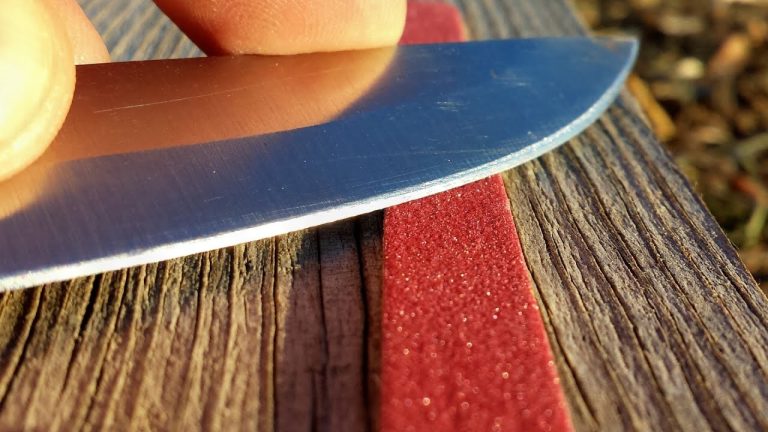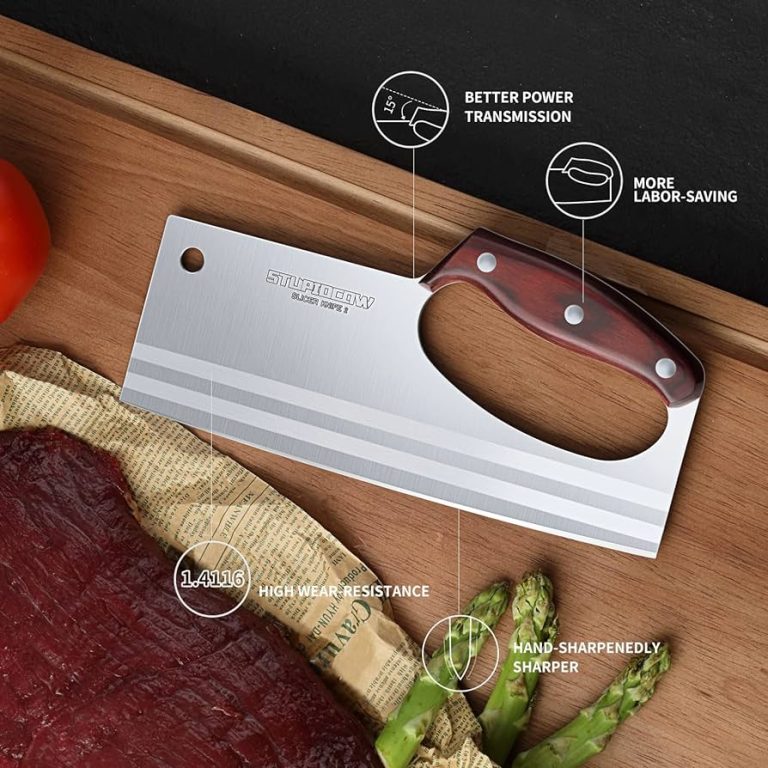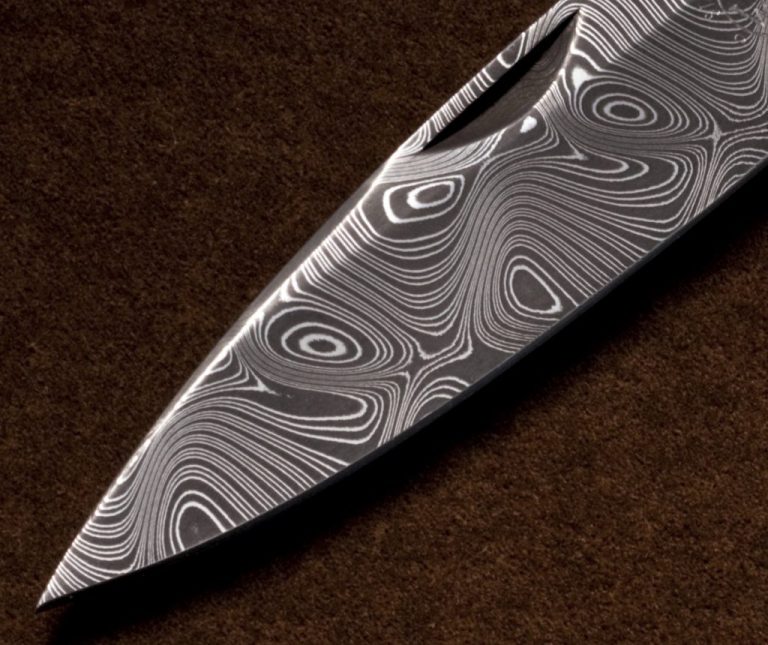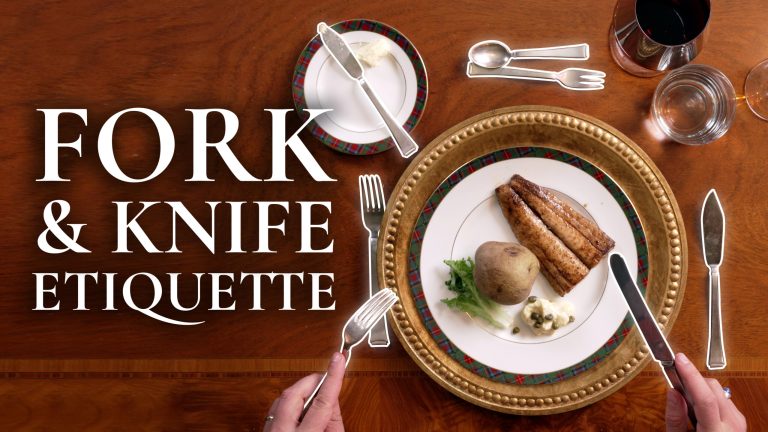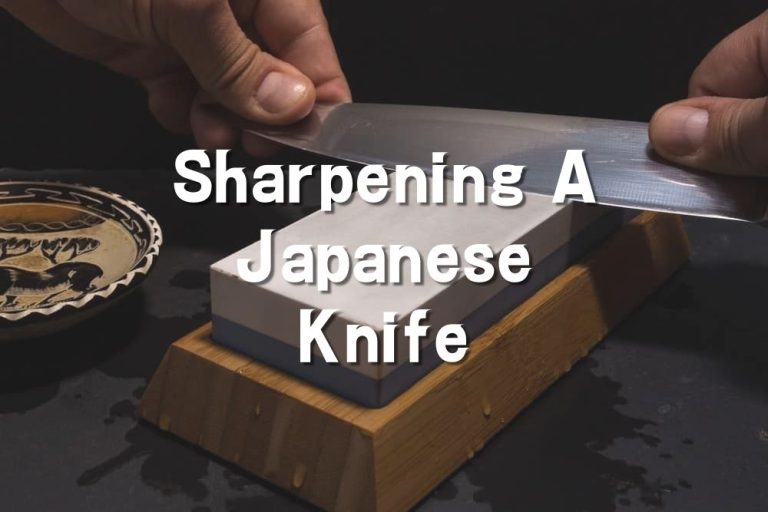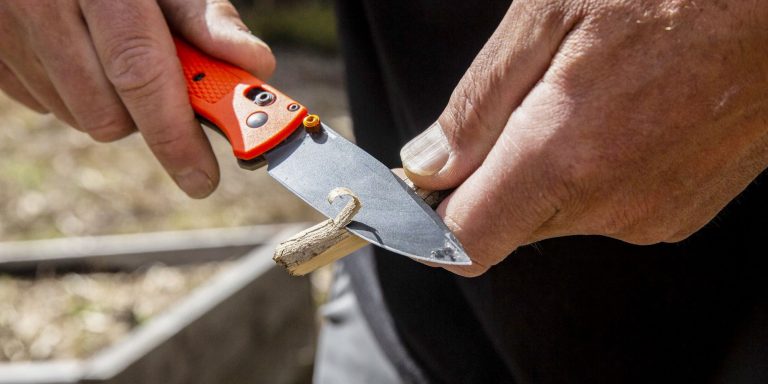Knife Safety for Kids: Teaching Young Hunters
Teach young hunters knife safety to ensure accuracy and prevent accidents while hunting. Young hunters must learn knife safety to prevent accidents and improve hunting proficiency.
This article will provide valuable tips on how parents and guardians can teach kids about knife safety, including proper handling techniques and the importance of responsible knife use. These guidelines will help children develop the necessary skills and knowledge to handle knives safely and responsibly while out in the field.
Teaching children knife safety early on will set the foundation for a lifetime of safe and enjoyable hunting experiences.
Why Knife Safety Is Crucial For Young Hunters
Knife safety is an essential skill for young hunters to learn. Introducing kids to the topic at a young age is vital to instill responsible habits. Teaching them the importance of handling knives safely will not only protect them but also those around them. Kids who understand the risks and dangers associated with knives are more likely to exercise caution and make informed decisions.
Starting young allows children to develop good habits and respect for knives. They can learn about proper handling techniques, such as holding the knife securely and keeping fingers away from the blade. Additionally, teaching young hunters how to properly store and transport knives can help prevent accidents and injuries. By educating kids about knife safety early on, we can empower them to become responsible and knowledgeable hunters.
Developing The Right Mindset For Knife Safety
Developing the right mindset for knife safety:
Instilling responsible behavior in young hunters: When teaching knife safety to young hunters, it is crucial to develop the right mindset and instill responsible behavior. Building awareness about potential hazards and teaching the value of safety precautions are key aspects of this process.
By introducing children to the potential hazards of knives, such as cuts and punctures, they can develop a better understanding of the importance of knife safety. Explaining the consequences of unsafe knife handling, such as accidents and injuries, helps them realize the need to adopt responsible behavior.
Teaching children about the various safety precautions associated with knife use is equally essential. This includes techniques like proper grip and control, handling and storing knives carefully, and using appropriate cutting surfaces. Encouraging children to practice safe behaviors consistently will further reinforce these lessons.
Introducing Knife Safety Through Age-Appropriate Activities
Introducing knife safety through age-appropriate activities
Teaching knife safety to kids can be an engaging and interactive experience. By incorporating knives into outdoor games, children can learn valuable lessons about responsibility and safe handling. Outdoor activities such as treasure hunts or obstacle courses can be modified to include knife-related tasks, where kids can practice their knife handling skills under supervision. These activities inject fun into the learning process, making it easier for young hunters to understand the importance of proper knife use.
When teaching basic knife handling skills, it’s crucial to start with the fundamentals. Children should learn how to hold a knife correctly, keep their fingers away from the blade, and use cutting motions that are away from their bodies. Using visual aids like diagrams or videos can help reinforce these concepts. Simple projects like carving soap or spreading butter on bread can provide hands-on opportunities for kids to practice their skills in a controlled environment.
Overall, the key to teaching knife safety to kids is to make it enjoyable. By incorporating age-appropriate activities and fun learning experiences, young hunters can develop a solid foundation in knife handling while staying safe.
Demonstrating Safe Knife Handling Techniques
Teaching young hunters about knife safety is crucial in ensuring their well-being. It is essential to demonstrate proper grip and handling techniques to minimize the risk of accidents. Make sure they understand the different knife parts and their functions, such as the blade, handle, and cutting edge. Teach them safe cutting and slicing techniques to avoid injury.
Emphasize the importance of focusing on the task at hand while using a knife. Encourage kids to establish a firm grip on the handle, with their fingers wrapped securely around it. Demonstrate the correct hand positioning, with the thumb resting on one side of the blade for stability. Reinforce these techniques regularly to help young hunters develop safe habits.
Remember, knife safety for kids is of utmost importance. By teaching them proper handling and technique, we can ensure their safety and enjoyment while engaging in outdoor activities.
Teaching Knife Maintenance And Care
Teaching knife maintenance and care to young hunters is crucial for their safety. Cleaning and sharpening knives regularly ensures that they are in optimal condition. Kids should be taught how to properly clean their knives using mild soap and warm water, and to always dry them thoroughly to prevent rust. Sharpening knives is another important skill they need to learn, as a dull knife can be more dangerous than a sharp one. They can use sharpening stones or sharpening tools specifically designed for knives.
Storing knives properly is also essential to prevent accidents. Kids should be instructed to store their knives in sheaths or blade guards, and to keep them in a secure location where they won’t be easily accessible to others. Teaching them about the importance of handling knives responsibly and never leaving them unattended can instill good habits.
Introducing kids to basic knife maintenance tools and techniques empowers them to take care of their tools and ensures a safer hunting experience. With proper guidance, young hunters can develop a respect for knives and understand the significance of responsible knife ownership.

Credit: gearjunkie.com
Choosing The Right Knife For Young Hunters
When selecting a knife for young hunters, there are several factors to consider to ensure their safety. First and foremost, the age of the child determines the type of knife that is suitable. For younger children, it is recommended to start with a folding knife that has a smaller blade, while older children can handle a fixed blade knife.
Additionally, the knife should have certain features to make it suitable for young hunters. A knife with a secure locking mechanism is important to prevent accidents. The blade should be made of high-quality stainless steel for durability and easy maintenance. It is also advisable to choose a knife with a serrated edge for versatility in different cutting tasks.
When it comes to knife safety for kids, it is crucial to provide proper guidance and supervision. Teaching young hunters the importance of proper handling and storage is essential to prevent accidents. By choosing the right knife and instilling good safety habits, young hunters can enjoy their outdoor adventures while staying safe.
Resources For Knife Safety Education
Resources for Knife Safety Education
Teaching kids about knife safety is crucial to ensure their well-being during hunting activities. By providing the right resources, parents can equip their young hunters with the necessary knowledge and skills. Various knife safety programs and organizations offer valuable guidance in this area. They focus on educating children about the safe handling of knives, proper cutting techniques, and the importance of responsible knife use. Additionally, there are books and online resources available that specifically cater to kids and parents seeking comprehensive information on knife safety. These resources use engaging illustrations and interactive content to teach children about the potential risks and how to mitigate them. Local workshops and classes are another excellent option, providing hands-on training and guidance to both parents and children. By exploring these resources and investing in proper knife safety education, parents can ensure the well-being of their young hunters.
| Knife Safety Programs and Organizations | Books and Online Resources | Local Workshops and Classes |
|---|---|---|
| 1. XYZ Knife Safety Program | 1. “Knife Safety Adventures” – an interactive e-book for kids | 1. Knife Safety Workshop at ABC Community Center |
| 2. Knife Safety Society | 2. “Knives Are Not Toys” – a parent’s guide to teaching knife safety | 2. Youth Hunting Safety Class at DEF Recreation Center |
| 3. Young Hunters Knife Safety Foundation | 3. “The ABCs of Knife Safety” – a children’s book with engaging visuals | 3. Knife Skills Workshop for Parents and Kids at GHI Education Center |
Addressing Common Concerns And Misconceptions
Parents often worry about the potential risks and accidents associated with knife use. Dealing with these worries requires open communication and education. By understanding and addressing their concerns, parents can become more confident about teaching their children knife safety.
Building trust and confidence in young hunters is also essential. By starting with basic knife skills and gradually increasing the complexity, children can gain hands-on experience and develop the necessary skills to handle knives responsibly.
| Myth | Reality |
|---|---|
| Knives should be completely avoided by kids | Teaching proper knife safety is crucial |
| Kids are not capable of handling knives responsibly | Children can develop appropriate knife skills with guidance |
Conclusion
Encouraging open communication and addressing any concerns or questions they may have will build trust and confidence in their abilities. Reinforcing the proper techniques, such as holding the knife properly, using a cutting board, and storing knives securely, will help prevent accidents and injuries.
By instilling these important lessons in knife safety, we are equipping our young hunters with the knowledge and skills they need to enjoy their passion while staying safe. So, let’s prioritize knife safety education and empower young hunters to be responsible stewards of their craft.

